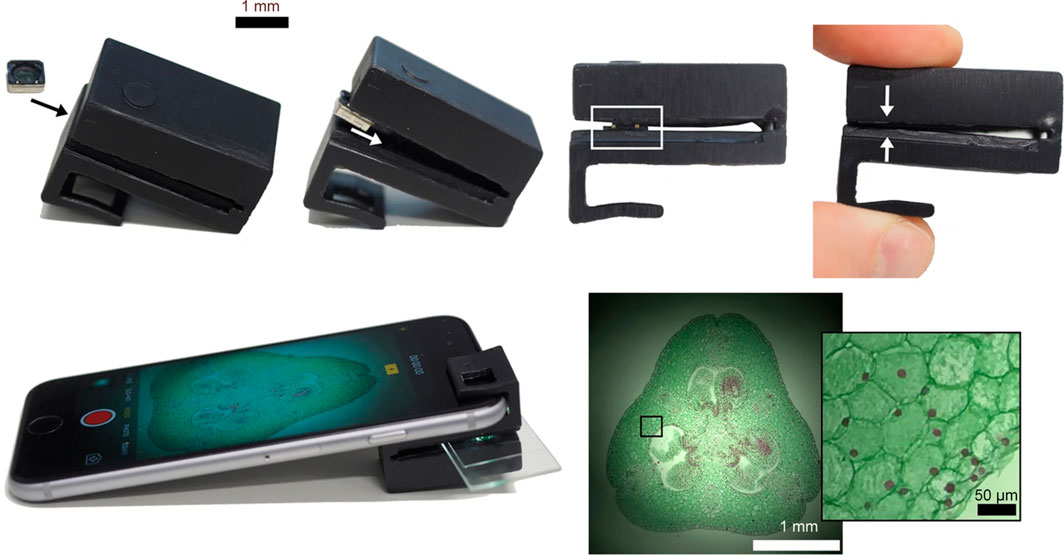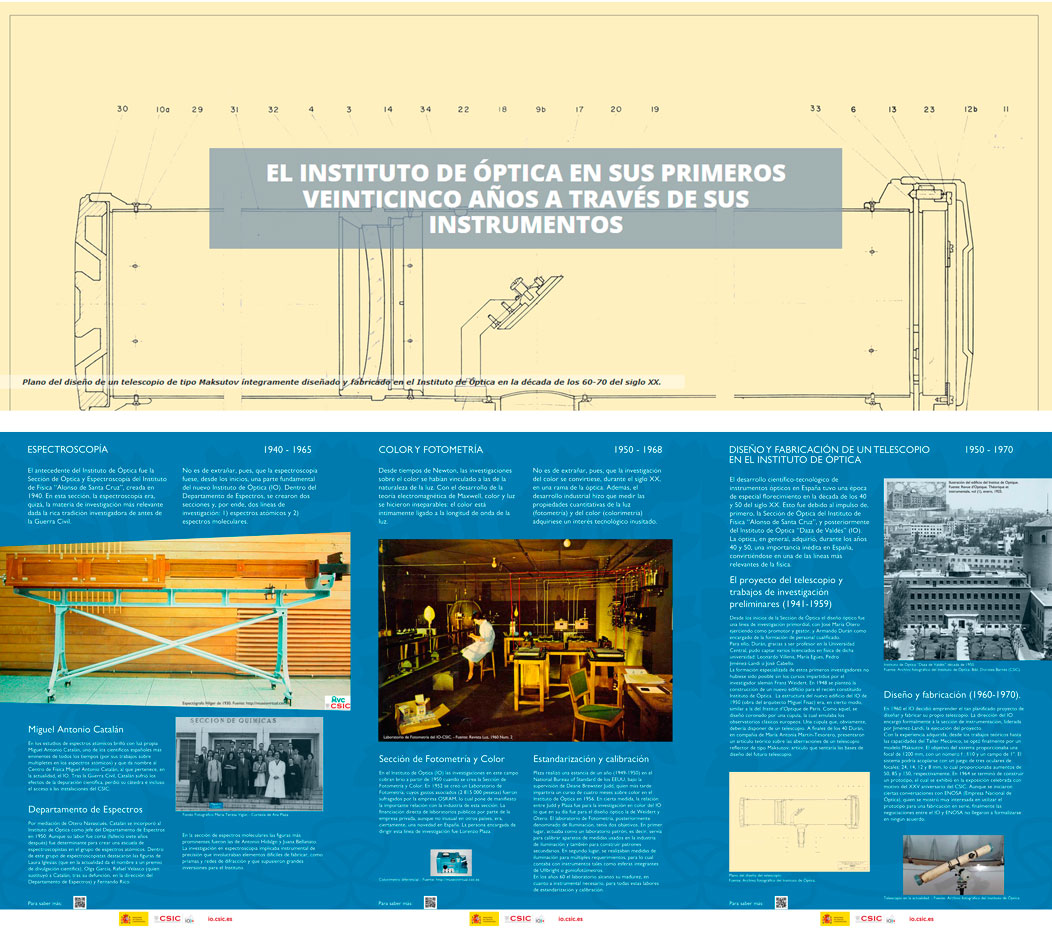A review on low-cost microscopes for Open Science

Are you interested in low-cost scientific microscopes? A comparison of the 23 most successful works published in the last decade on optical microscopes with open hardware has been published.
Currently, optical microscopes are a very useful tool in public health for the diagnosis of diseases and also for environmental studies, such as quality control of aquatic ecosystems. In addition to their great utility in these areas of knowledge, microscopes are an important tool for training and dissemination within the life sciences.
However, the high price of powerful microscopes is an important limitation for institutions with tight budgets or for their use in general health plans aimed at the population of developing countries with a high incidence of diseases (for example, in the case of malaria).

Mobile phone microscope
- The availability of open source libraries such as OpenCV (Open Computer Vision) for the development of computer vision and image processing software, together With the popularity of programming languages such as Java and Python, it has allowed the appearance of a huge number of projects.
- The constant improvement of photo camera sensors has made possible low-cost projects associated with imaging systems.
- Another factor driving these advances is the increasing processing power of smartphones.
- The continuous advance of telecommunications has allowed the deployment of services for the remote processing of digital images and videos provided by clients with limited resources, promoting new scenarios for telemicroscopy.
- The emergence of open hardware platforms such as Arduino and Raspberry Pi (RPi), along with compatible input/output devices, function as affordable platforms that act as intelligent controllers. Such hardware is used in both educational and specialized projects, following the Maker philosophy and open science.
- And finally, most open hardware related projects require custom brackets and adapters, which are very often made with the help of 3D printers, which have made it easier to build both the physical structure and the hardware. the necessary couplings to integrate the components of a functional prototype.
In this article, researchers from the Visilab group of the University of Castilla-La Mancha, and from the Imaging and Vision Sciences Group of the Institute of Optics have presented a review of the 23 most important works done in the last decade on open-hardware light microscopes as a low-cost alternative to commercial systems.
The team has classified the solutions analyzed into two main categories: portable or field microscopes and multipurpose automatic microscopes, studying the degree of maturity of the solutions in terms of adopting practices aligned with the development of Open Science.
The two works that stand out in each of the categories for adopting Open Science practices and providing high-impact solutions are Foldscope and OpenFlexure, which have managed to generate a large community around them.
Related News
Two photographs of María Egües Ortiz (1917-2008): a periscopic gaze in times of misty silence
Madrid / July 26, 2023This essay published by our colleague Sergio Barbero from the IVIS group focuses on the figure of María Egües Ortiz (...
Presentation of the Exhibition: “The beginnings of the Institute of Optics ‘Daza de Valdés’
Madrid / November 18, 2022On the occasion of the 75th anniversary of the creation of the “Daza de Valdés” Institute of Optics we inaugurate an...
Spectral Pre-Adaptation for Restoring Real-World Blurred Images using Standard Deconvolution Methods
Do you want to see a demo of how the best image restoration algorithms work?Classic image blur correction models are based on assumptions that are...




